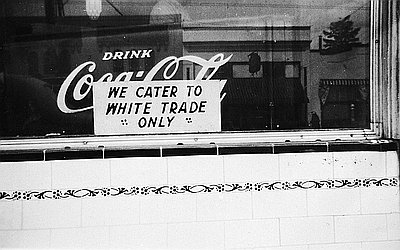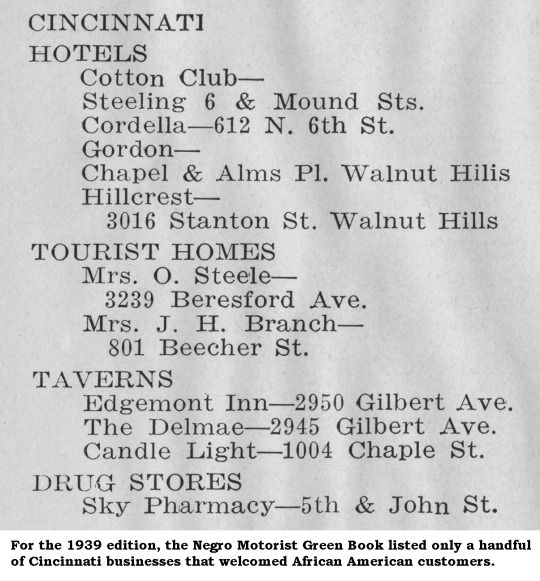

Its creator, Victor Green, recognized this need and published the first version in 1936, which only included information regarding New York City. Its instant popularity encouraged Green to release another version in 1937 that included locations outside of the city. This cycle repeated itself until its final publication in 1964, which included locations in every state, and some international locations. Although Green died in 1960, his legacy and entries were manifested in this edition of his guide. Additionally, by 1964, there were several other travel guides that specialized in African American-friendly businesses, however, the Green Book was always the most popular one.


In 1956, the national highway system was created and, in turn, ended the need for the Green Book, as highways reduced the need to pass through individual towns. Finally, in 1964, the Civil Rights Act stated the irrelevance of the Green Book in law.
3 comments:
This is very conclusive, informative, and thorough. Extremely well-written! It's interesting how the Green Book was made irrelevant by highways; wouldn't people still need to stay somewhere?
It's interesting how a book is needed for people to know where they can go because of the segregation in the 1920s. The Green book allowed the black people to travel without the fear of being rejected.
Very interesting and in-depth. I like it how you add photos that help me understand the article better. It's easier to see what the Green Book was like. Also, it must have been a really hard journey for Victor Green, traveling all over the US looking only for places that African Americans could go to. He probably got laughed at and ridiculed at a lot.
Post a Comment